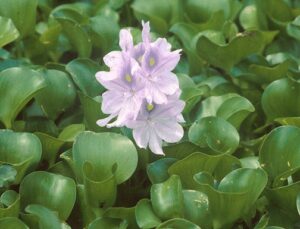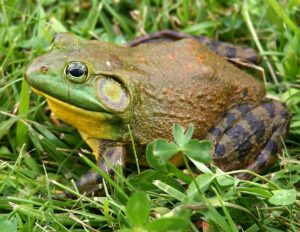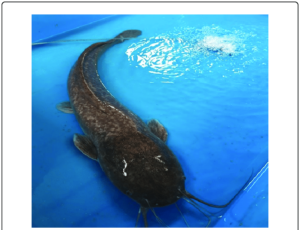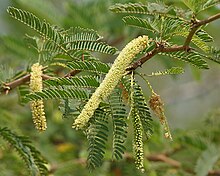A Battle of Innovation and Resilience: India's Fight Against Invasive Species

-Shivaan Darda
An epic battle is unfolding in the heart of India’s magnificent landscapes. Strangely, this conflict is being fought against intruders who pose a threat to the ecosystem’s fragile equilibrium.

A seemingly innocent plant called a water hyacinth can grow 2,000 plants per square meter in a single year. This aquatic invader already covers over 10,000 hectares of water bodies, which chokes lakes, rivers, and canals to strangle fishing operations and obstruct transit routes effectively.

Adding to this is the American Bullfrog, an amphibious predator that decimates local frog populations by consuming up to 1,000 native prey items annually. This voracious enemy poses an existential danger to the biodiversity in India’s wetlands.

The conditions worsen under the surface by the African Catfish; in some waters, it is estimated to account for up to 90% of all fish biomass. Native fish species, formerly the foundation of traditional fisheries, are currently in danger of extinction owing to this.

And when we take a look above the sea level, a territory of the tenacious Lantana on land covers an astonishing 160,000 square kilometres of India’s forests. Its unregulated expansion disturbs the peaceful cohabitation of local animals and flora.

Despite being introduced with the best intentions, Prosopis Juliflora, another flora, has taken over 38,000 square kilometres—roughly the size of Taiwan—of Indian land. Its presence causes mayhem, deteriorating soil quality and escalating problems with water scarcity.
Thankfully, India is launching a daring counteroffensive in retaliation. An army of environmental warriors is funding eradication initiatives with millions of dollars. Campaigns to raise public awareness are inspiring a host of people. The chances of restoring the equilibrium in its ecosystems are steadily improving as the country battles to maintain its vibrant biodiversity.